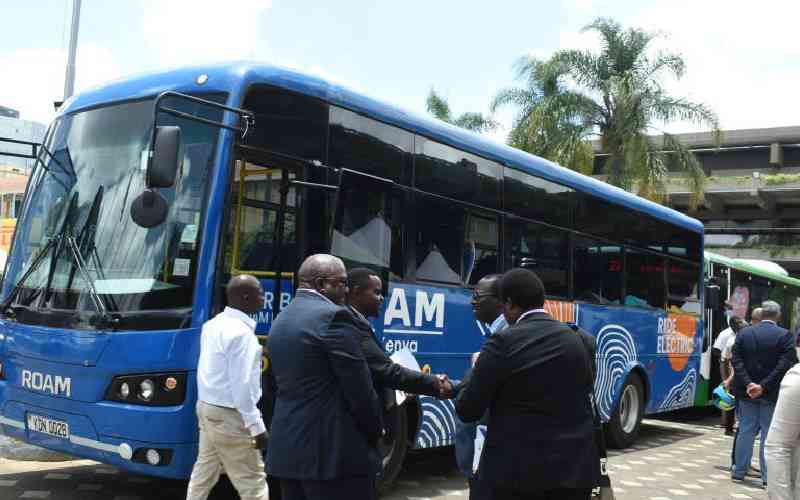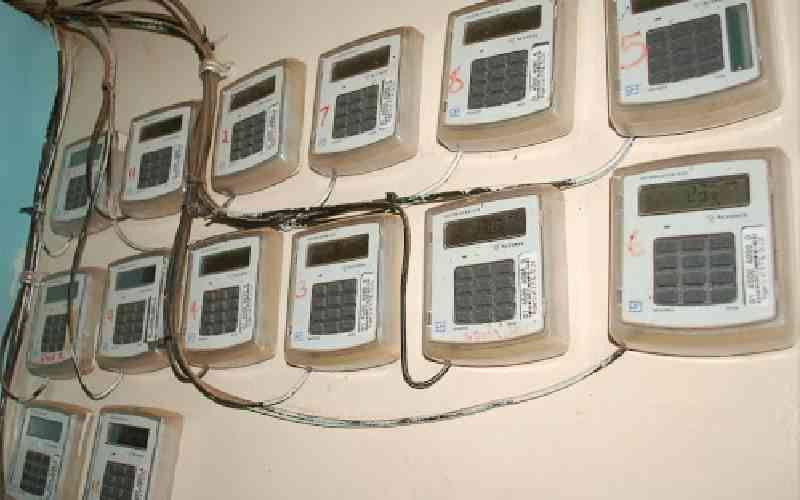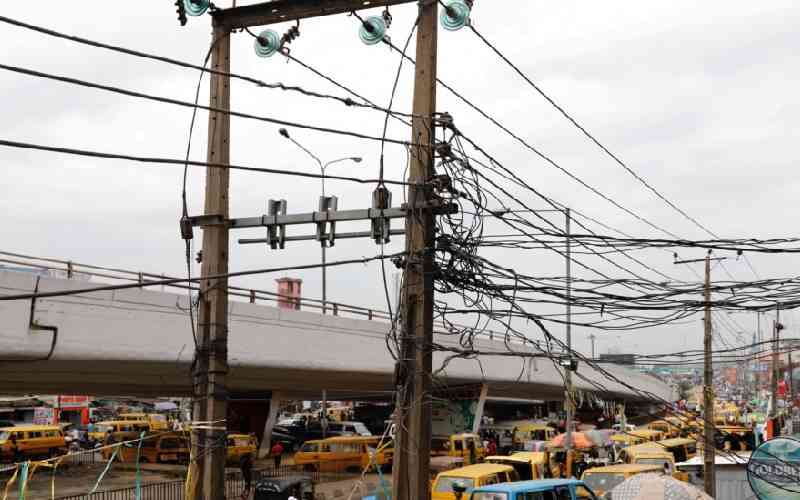Studies done by various credible institutions show that access to electricity is a key contributor to human development.
A study by Mashekwa, M. and Chelwa, E. on the effects of electricity price on the poor in Zambia says that “increases in electricity prices not only impact households through increased electricity bills, but also indirectly raise the costs of the other goods and services in the wider economy. For example, electricity hikes can indirectly affect the cost of maize meal, whether or not a household is connected to the electricity grid”.
In the Journal of Energy of South Africa (Vol 28. No 1) published in 2017, Philip J. Lloyd of Cape Peninsula University of Technology, South Africa, stated that “Using the World Bank Development Indicators, it is shown that the use of energy is strongly related to almost every conceivable aspect of development. Wealth, health, nutrition, water, infrastructure, education, even life expectancy itself are strongly and significantly related to the consumption of energy per capita.”
Additionally, a World Bank feature story on Sustainable Development Goal 7 (SDG 7) says “Both grid and off-grid solutions are vital for achieving universal access – but they must be supported by an enabling environment with the right policies, institutions, strategic planning, regulations and incentives.”
Different statistics also show a strong correlation between electricity and a strong Human Development Index
. It is therefore correct to say that Kenya needs more electricity as this would contribute to other aspects of our country’s development and would also be a strong enabler to all of Kenya’s Big Four Agenda items.
With the above information in mind, it can said that the Government of Kenya is moving in the right direction having launched the” Last Mile Connectivity Project” under implementation by Kenya Power and Lighting Company (KPLC).
This project was aimed at ensuring affordable electricity connections to households and achieving over 70 per cent connectivity by 2017 and universal access by 2020.
This year, however, Kenya Power, the sole distributor of electricity in the country, has sought to increase energy tariffs in a ‘profit first’ approach aimed at giving a good return to its shareholders.
Since the government owns about 50 per cent of the firm, then the biggest obligation should be to all Kenyan citizens.
The government should therefore take a bold move to ensure that cheap power is available by rejecting any such tariff rise proposals.
The role of KPLC needs to be redefined to be aligned with the objective of transforming this country from a net importer to a net exporter of finished goods.
From trading to production. In other countries such as Ethiopia, for example, low electricity tariffs are being used to incentivise foreign direct investments in the manufacturing space, with the result being new large and medium size companies going in to set up production plants there.
The private sector in Kenya has also pushed this low energy cost agenda to government but only with marginal success.
One big question therefore is, how can low tariffs be achieved? This can be achieved by the government plugging up all budgetary wastage points and subsidising power supply to consumers. In a report on government spending by the World Economic Forum 2018, Kenya had a score of 3.3 in a scale of 1 to 7, with 1 being extremely inefficient while 7 is extremely efficient.
Stay informed. Subscribe to our newsletter
This score ranked Kenya at position 70 or out 136 globally while Rwanda, for example, was fifth with a score of 5.6.
The wastage comes in the form of bloated project costs, contract penalties paid by government and corruption. These are just some of the reasons identified in the Auditor General’s reports year after year.
In fact, it would not be surprising to find that the entire annual revenue collection by KPLC could be fully funded by the saving resulting from efficient use of government funds.
- The writer is the Managing Director, Atlas Copco East & Central Africa.
 The Standard Group Plc is a
multi-media organization with investments in media platforms spanning newspaper
print operations, television, radio broadcasting, digital and online services. The
Standard Group is recognized as a leading multi-media house in Kenya with a key
influence in matters of national and international interest.
The Standard Group Plc is a
multi-media organization with investments in media platforms spanning newspaper
print operations, television, radio broadcasting, digital and online services. The
Standard Group is recognized as a leading multi-media house in Kenya with a key
influence in matters of national and international interest.
 The Standard Group Plc is a
multi-media organization with investments in media platforms spanning newspaper
print operations, television, radio broadcasting, digital and online services. The
Standard Group is recognized as a leading multi-media house in Kenya with a key
influence in matters of national and international interest.
The Standard Group Plc is a
multi-media organization with investments in media platforms spanning newspaper
print operations, television, radio broadcasting, digital and online services. The
Standard Group is recognized as a leading multi-media house in Kenya with a key
influence in matters of national and international interest.









